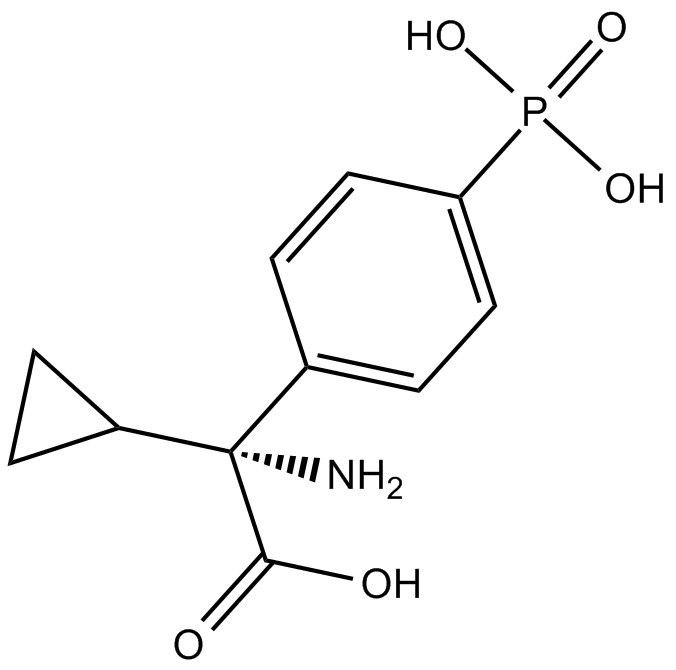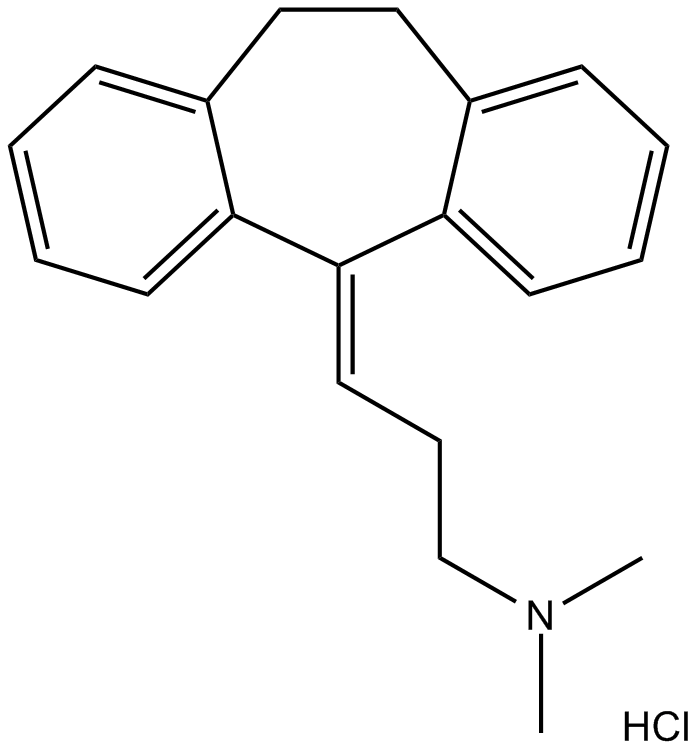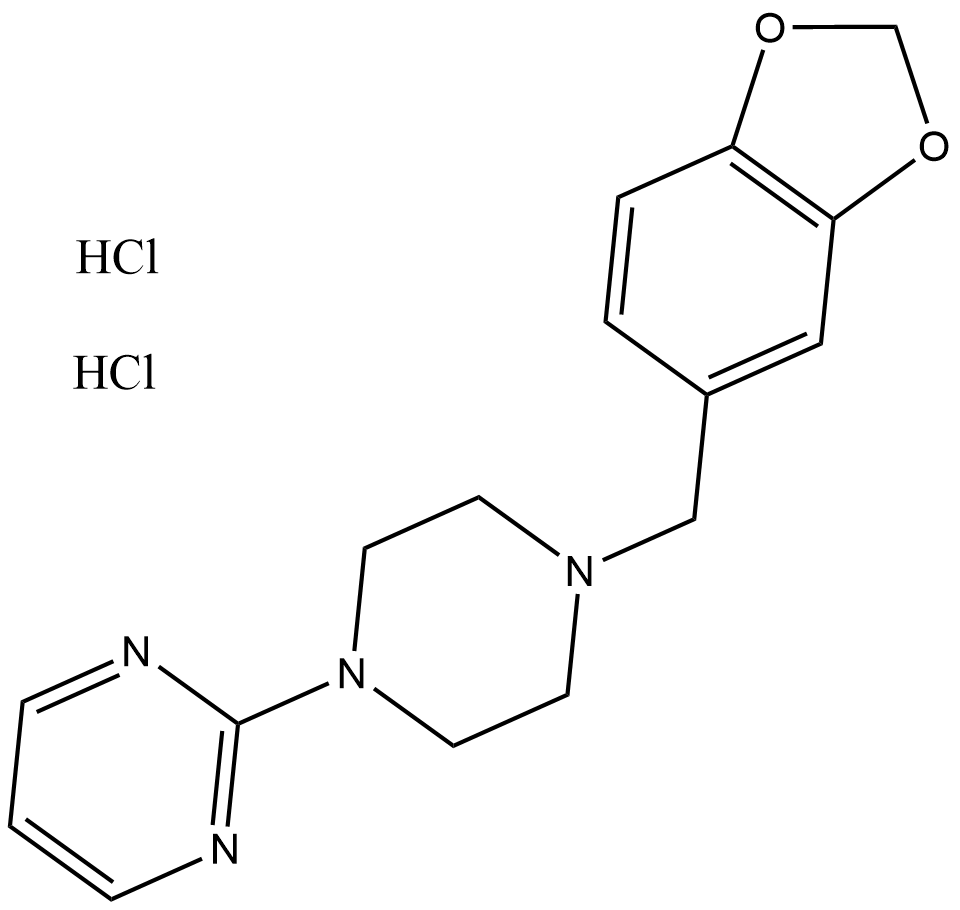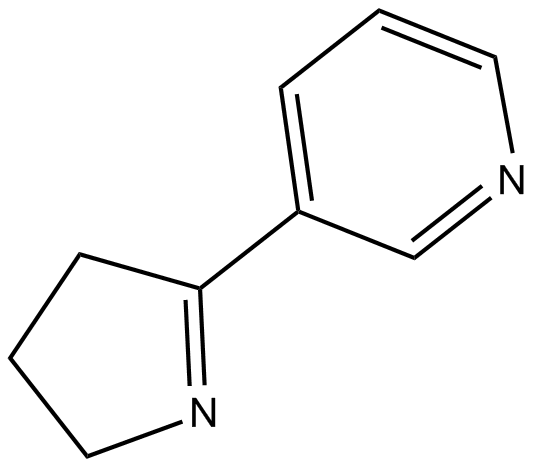Neuroscience

Neurotransmitter receptors function via various G-protein coupled and G-protein independent mechanisms that activate downstream intracellular signaling pathways such as cAMP/PKA, PI3K/AKT, phospholipase A2, and phospholipase C pathways. For instance, dopamine receptors act through adenylate cyclase to activate PKA and other signaling molecules, thereby mediate gene expression through the actions of CREB and other transcription factors. Other neurotransmitters such as NMDAR or AMPAR are associated with ion channels that control flux of Ca2+ and Na+, thus propagating the action potential across the post-synaptic neuron.
Dysfunctions in GABAergic/glutamatergic/serotonergic/dopaminergic pathways result in a broad range of neurological disorders such as chronic pain, neurodegenerative diseases, and insomnia, as well as mental disorders including schizophrenia, bipolar disorder, depression, and addiction.
-
 B6398 trans-Triprolidine hydrochlorideSummary: H1 receptor antagonist
B6398 trans-Triprolidine hydrochlorideSummary: H1 receptor antagonist -
 B6530 CPPGSummary: group III mGlu receptor antagonist
B6530 CPPGSummary: group III mGlu receptor antagonist -
 B6576 (-)-Quinpirole hydrochlorideSummary: dopamine D2 receptor agonist
B6576 (-)-Quinpirole hydrochlorideSummary: dopamine D2 receptor agonist -
 B7677 NCX 4040Summary: COX-2 expression inhibitor
B7677 NCX 4040Summary: COX-2 expression inhibitor -
 B2231 Amitriptyline HClTarget: Trk Receptors|5-HT2 Receptors|Norepinephrine transporter|5-HT TransportersSummary: Serotonin /norepinephrine receptor/5-HT4/5-HT2 inhibitor
B2231 Amitriptyline HClTarget: Trk Receptors|5-HT2 Receptors|Norepinephrine transporter|5-HT TransportersSummary: Serotonin /norepinephrine receptor/5-HT4/5-HT2 inhibitor -
 B6396 Mepyramine maleateSummary: inverse agonist for the H1 receptor
B6396 Mepyramine maleateSummary: inverse agonist for the H1 receptor -
 B6498 AIDASummary: group I metabotropic glutamate receptors (mGlu1a) antagonist
B6498 AIDASummary: group I metabotropic glutamate receptors (mGlu1a) antagonist -
 B6557 Piribedil dihydrochlorideSummary: dopamine agonist
B6557 Piribedil dihydrochlorideSummary: dopamine agonist -
 B7533 SC 236Summary: COX-2 inhibitor
B7533 SC 236Summary: COX-2 inhibitor -
 C5707 MyosmineSummary: agonist at neuronal nicotinic acetylcholine receptors
C5707 MyosmineSummary: agonist at neuronal nicotinic acetylcholine receptors

